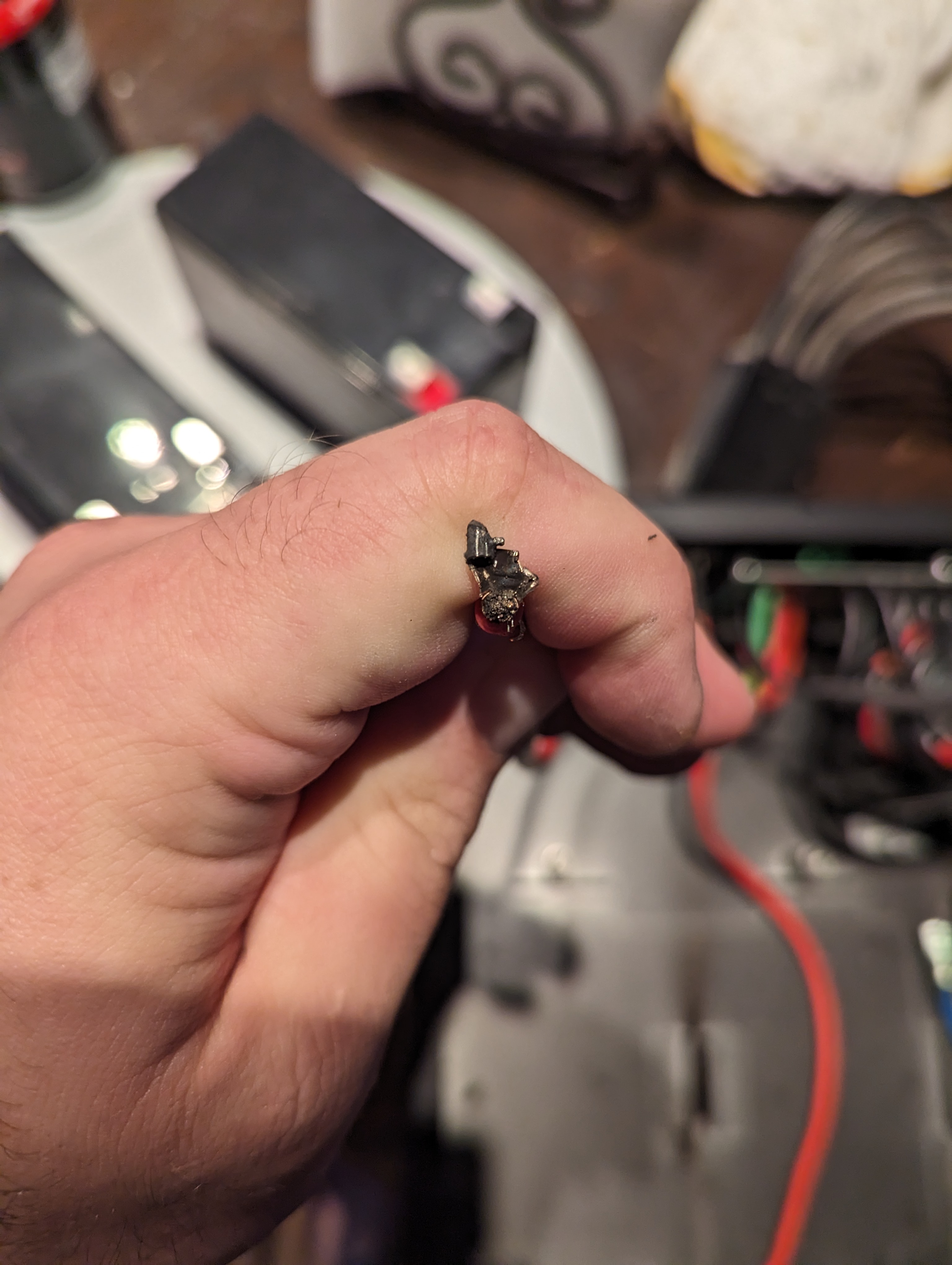Man. I love that game. Still fire it up every so often. That sequel was also an early example of just how terrible a sequel can be. So disappointing.
BobsAccountant
I LUKS encrypted my boot partition of my last install. It would take an extra 1-1:30 secs to boot when I got the password correct on the first attempt. Much longer if I got it wrong and had to reboot to try again.
I finally did it correctly this last build, but now I am using NixOS and refuse to add anything to the config or a flake if I just need it once a week or so. So I am constantly digging through my history to find the shell I created to do a specific task.
I like Self-hosted Show, as well. Sometimes it feels like they talk about a subject immediately after I start looking into it. The home lab zeitgeist can be eerie, I guess.
A little rough, to be honest. It's a docker-compose deployment, but it requires you to run make to deploy it. The makefile does extra configuration and such to allow the containers to come up healthy. It works, but it's overcomplicated and styled after their own deployments, so probably way more compute than what is needed for one household.
Oh and because of this protracted topology, it's tough to hide behind a reverse proxy.
It might be the camera angle, but those faces might be throwing off the miters. If you're aiming for perfect miters, starting with planed reference surfaces is a must. The alternative is what was mentioned above: cut proud and sneak up on it.
I've been using this, as well. They default to hosting your "vault." It does peer-to-peer syncing, if you don't want to have a server involved at all. I'm running their self-hosted server, but that's only after I decided that AnyType was what I was looking for. I really like that it's object based, so you can create templates for things like meetings that are their own type, separate from a bog-standard page.
You said you added the Tailscale network, but how wide did you go? By default when you load the plugin and activate the interface, it just gives its own IP as the network (/32). If you added that, then only traffic with that specific origin will hit your route. It's crazy, but for my firewall rules (not routing) to work, I had to define the network as a 100.0.0.0/8, which is gigantic. You may have to do that with the route as you can't otherwise set the gateway on the interface as it's not hosting the DHCP server.
Yeah, I need to do this. I wonder if it matters.
I am still trying to figure out if calling me {my name}-ipedia was purely in jest or if they secretly hate my voice, face and presence. You know, just a tuesday.
Damn no reason for you to get on here and call me out so directly. Also I still have wobbly windows and the modern version of desklets. No shame.
Great minds think alike, Helldiver! I am the proud commander of the King of Democracy.

I too am running Authentik in an LXC and am using the default
docker-compose.yml. Did you make sure to define your.envfile correctly? Are you able to connect to the docker container itself after deployment? You may need to blow the DB volume away and try again because it will only provision on first run.